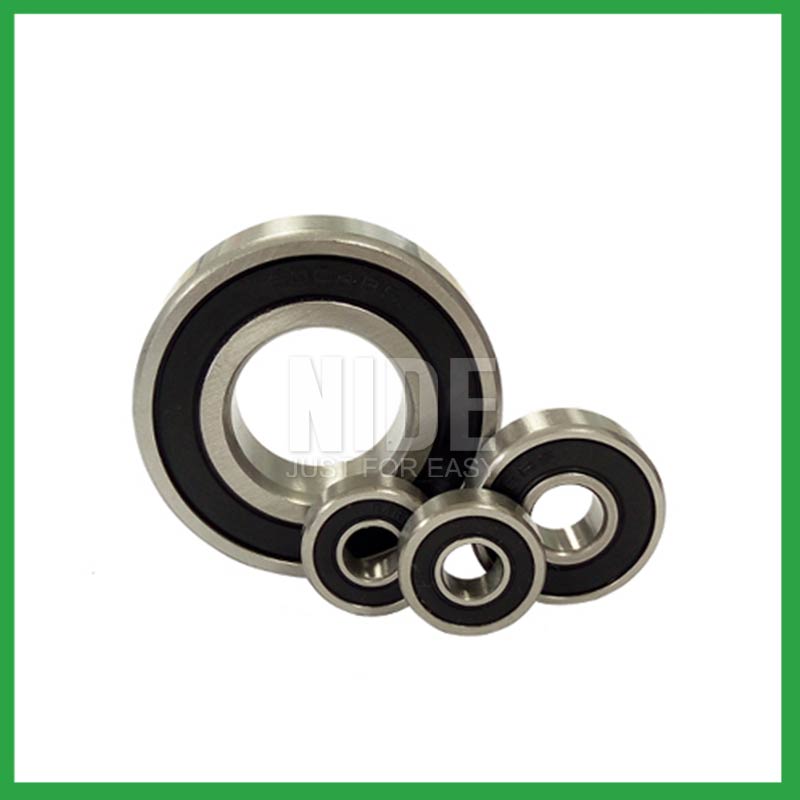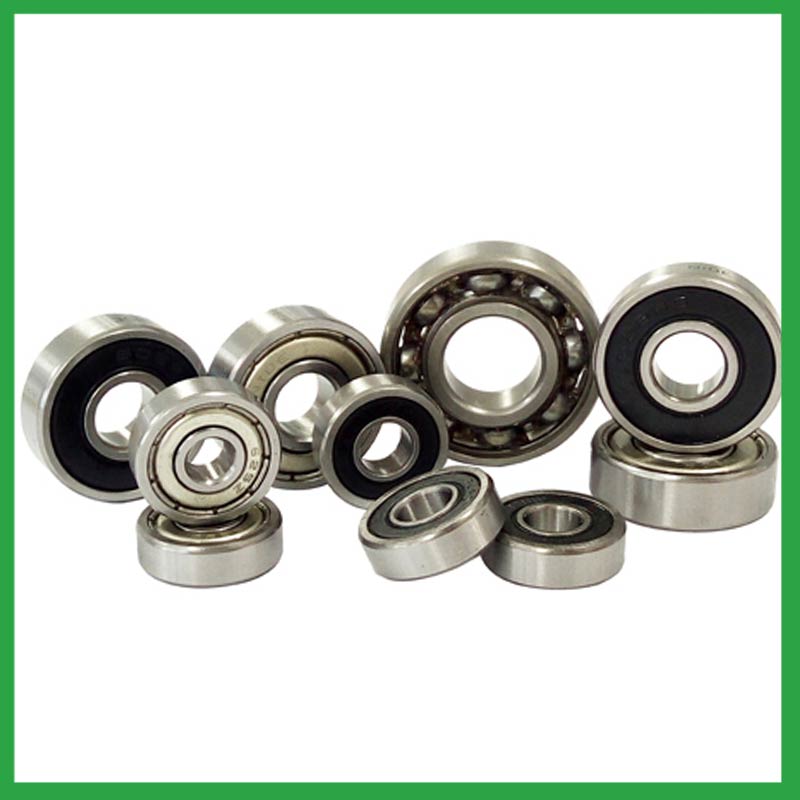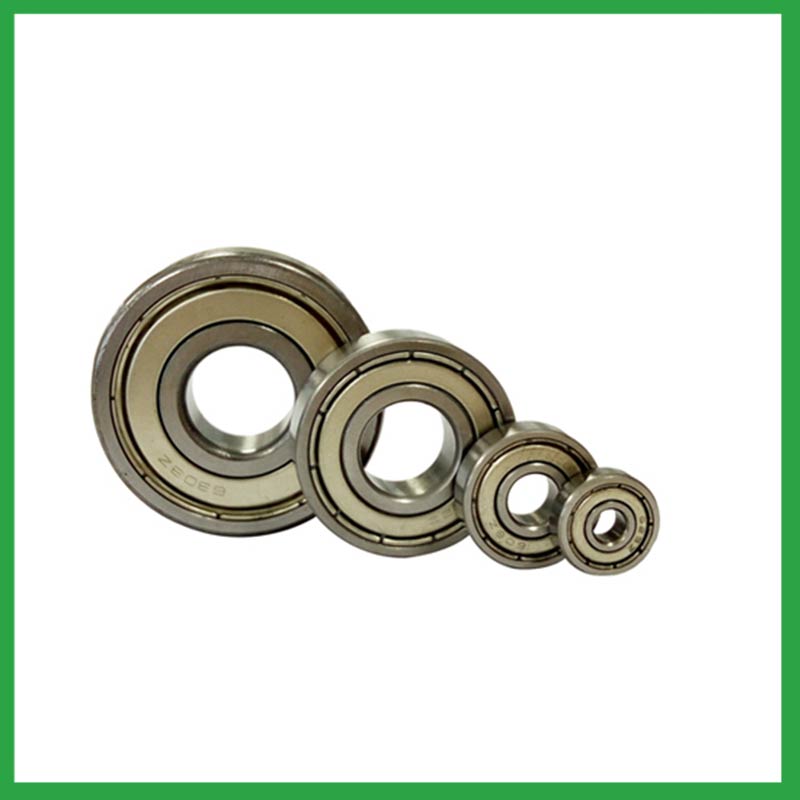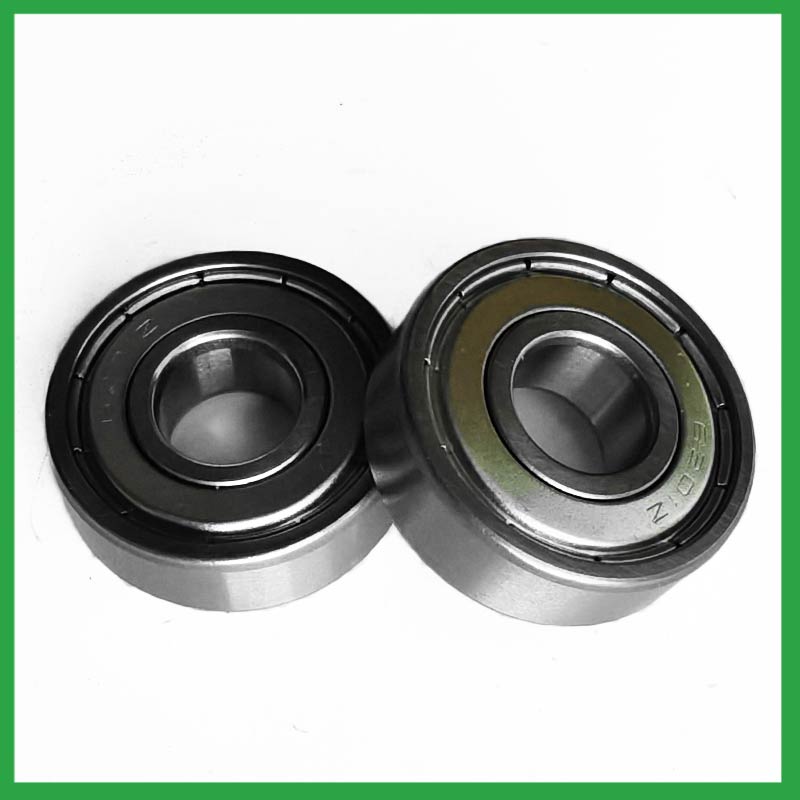PRODUCTS
CONTACT US
Ningbo Nide International Co., Ltd.
一一
· Contact person:Jack Zeng
· Mob/Whatspp/WeChat:0086-13738869026
· Email:emarketing@nide-group.com;marketing4@nide-group.com
· Add:No. 169, Wohushan Road, Daqi Subdistrict, Beilun District, Ningbo, China

Nide team could manufacture ball bearing as per customer’s drawing and samples.
If customer only has samples, we could also design drawing fo r our customer.
We also provide customized service.
Our ball bearing is widely applied the different industrials.
Haishu Nide International is a professional manufacturer engaged in bearing research and sales. The factory covers an area of over 9000 square meters and has over 100 employees. The company has modern production equipment and advanced testing instruments. We produce deep groove ball bearings, spherical roller bearings, shaft,insulation paper,ball bearing,commutator,thermal protector,motor cover and lamination, etc. The bearing accuracy is P0, P6, P5, P4 levels, widely used in electric automotive motor,servo motor,fan motor,electric bicycle motor,washing machine motor,air condition motor,water pump motor,single and three phase induction motor. Passed ISO9001:2015 and CE status.
We adopt first-class production equipment and a comprehensive testing system, and hire excellent technical personnel for operation and management. Our bearings are now very popular in the United States, Canada, Türkiye, Russia, Argentina Dominican Republic,Ireland,Congo, Republic of the and other countries and regions.Nide wishes is to provide world wide customers with one-stop service for the motor manufacturing.

| Parameter | Information |
| Product Name | ceramic angular contact ball bearing |
| Brand Name | Nide |
| Place of Origin | China |
| Type | Ball |
| Material | ceramics, etc. |
| Sample | Avaible |
| Warranty | 3months-1year |
| Lubrication | Dry/ Oil |
| Application | various industrial equipment, etc. |
| Port | Ningbo/Shanghai |
| Size(mm) | customize |
| Export Country | Argentina,Brazil,South Korea,Isle of Man,Ireland,Senegal,Christmas Island...etc |
| Export region | America,Oceania,Africa... |
| Certification | ISO 9001 Certification,CE-stator coil winding machine,CE-insulation paper inserting machine,etc |
| Precision Rating | as per customer's requirement |
| Feature | High precision,Good wear resistance...etc |
| Packaging Details | Suitable for sea transportation |
| Color | white+customized |
| Seals Type | Rubber seals |
| Service | Prompt Delivery |
| Supply Ability | 100000-500000 Piece/Pieces per Month |
| Lead time (days) | 15-20 (To be negotiated) |
Please note: The above table data is for reference only. For specific information, please contact us.
ceramic angular contact ball bearing is a component with a ball as the rolling element, consisting of an inner ring, an outer ring, and a ball. They form a closed raceway between the rings, and the ball rolls through a curved surface in the raceway.
During the disassembly process, the outer shell should be kept intact to avoid unnecessary damage;
When replacing installation components, attention should be paid to the accuracy of the support components to prevent deformation;
During the disassembly process, attention should be paid to protecting the surface quality of the ball bearing to ensure its performance;
During the operation, attention should be paid to removing surface dust to ensure the quality of the ball bearing.
Ball bearings have many advantages, making them highly competitive in the market.
Firstly, they are very durable and have good wear performance, making their service life longer than many other types of bearings.
Secondly, they are easy to install and can provide low friction performance in various applications.
Thirdly, they require a relatively low level of maintenance, making them cost-effective.
In addition, compared to many other types of bearings, their purchase cost is relatively low, making them an economical choice.




ceramic angular contact ball bearing---FAQs Guide
2.What are the after-sales services available for ceramic angular contact ball bearing?
3.What are the advancements and innovations in ceramic angular contact ball bearing technology that have emerged in recent years?
4.What are the standard sizes and dimensions of ceramic angular contact ball bearing?
5.How do different ceramic angular contact ball bearing designs, such as deep groove, angular contact, or thrust bearings, cater to specific applications?
6.Are there ceramic ceramic angular contact ball bearing designed for specific applications requiring high-temperature or corrosion resistance?
7.How do ceramic angular contact ball bearing handle radial loads, axial loads, and combined loads, and what are their load-carrying capacities?
8.About ceramic angular contact ball bearing,Will you check the products before shipment?
9.How do manufacturers address concerns related to bearing noise and vibration in sensitive equipment?
10.How do preload adjustments in ceramic angular contact ball bearing affect their performance and suitability for high-precision tasks?
11.What is the role of ceramic angular contact ball bearing in reducing friction and energy loss in rotating machinery?
1.Are there ceramic angular contact ball bearing designed for use in critical medical equipment?
Precision ceramic angular contact ball bearing are among critical components in medical devices that are vital to ensuring patient safety. Correct choice of suitable ball and ring materials and the right product design can ensure high-precision bearings — and medical devices — have a long service life.
Precision bearings are used in a wide variety of medical devices including surgical power tools, ventilators and heart pumps — and patient safety depends on them all. Whatever the device, there is an onus on medical device original equipment manufacturers (OEMs) to ensure that the right type of bearings are chosen, and fit precisely into the application.
2.What are the after-sales services available for ceramic angular contact ball bearing?
If you find problems or failures in the assembly or use of the bearings , which needs to consult and other services, please feedback to Nide International in time.
3.What are the advancements and innovations in ceramic angular contact ball bearing technology that have emerged in recent years?
Significant advancements have been made in ceramic angular contact ball bearing steels over the years. Modern, ultra-clean bearing steels contain fewer and smaller non-metallic particles, giving ball bearings greater resistance to contact fatigue.

4.What are the standard sizes and dimensions of ceramic angular contact ball bearing?
ceramic angular contact ball bearing size charts are widely available, and can be used to find the measurements of a specific bearing. Series 6200 and 6300 are the most commonly used, and typically range from 10 x 30 x 9 mm (. 394 x 1.181 x . 354 in) to 150 x 320 x 65 mm (5.906 x 12.598 x 2.559 in).
5.How do different ceramic angular contact ball bearing designs, such as deep groove, angular contact, or thrust bearings, cater to specific applications?
Deep groove ceramic angular contact ball bearing: Deep groove ball bearings are the most common type. They can handle both radial and axial loads. Angular contact ball bearings: Angular contact ball bearings have higher than average internal axial clearance. They can handle axial loads in one direction and moderate radial loads.
6.Are there ceramic ceramic angular contact ball bearing designed for specific applications requiring high-temperature or corrosion resistance?
Ceramic ceramic angular contact ball bearing are a special type of bearing made of ceramic materials, offering superior wear resistance, corrosion resistance, and high-temperature performance. They provide excellent performance in applications requiring high speeds, high temperatures, and resistance to corrosion.

7.How do ceramic angular contact ball bearing handle radial loads, axial loads, and combined loads, and what are their load-carrying capacities?
The type of bearing used also varies between these loads. While deep-groove ceramic angular contact ball bearing are better equipped to handle radial loads, thrust ball bearings are designed for axial loads. However, it's essential to note that most bearings, such as angular contact ball bearings, can handle both radial and axial loads.The Bearing Static Capacity, Co, is the maximum load that can safely be applied to a non-rotating bearing that will not cause subsequent bearing operation to be impaired. It is based on calculated contact stress at the center of the most heavily loaded rolling element where it contacts the Inner Race.
8.About ceramic angular contact ball bearing,Will you check the products before shipment?
Yes, We have a professional QC team. Products will be strictly inspection before shipment.
9.How do manufacturers address concerns related to bearing noise and vibration in sensitive equipment?
From a ceramic angular contact ball bearing manufacturing perspective, a low noise or vibration rating is achieved by paying attention to the surface finish of the raceways and balls, their roundness, and selecting the correct cage design. Finely filtered low noise greases can also be used to reduce vibrations.

10.How do preload adjustments in ceramic angular contact ball bearing affect their performance and suitability for high-precision tasks?
Benefits of Preloading a Bearing
Optimizes the ball spin to roll ratio.
Increases the rigidity of an application.
Protects from excessive ball skidding.
Decreases application vibration and sliding friction.
High running accuracy (even if load conditions keep changing)
Increases bearing load capacity.
11.What is the role of ceramic angular contact ball bearing in reducing friction and energy loss in rotating machinery?
ceramic angular contact ball bearing reduce friction by using smooth balls lubricated with oil or grease that freely roll between a smooth inner and outer surface. The main concept of the ball bearing is that objects that roll past each other produce less friction than if the objects were sliding against each other.

